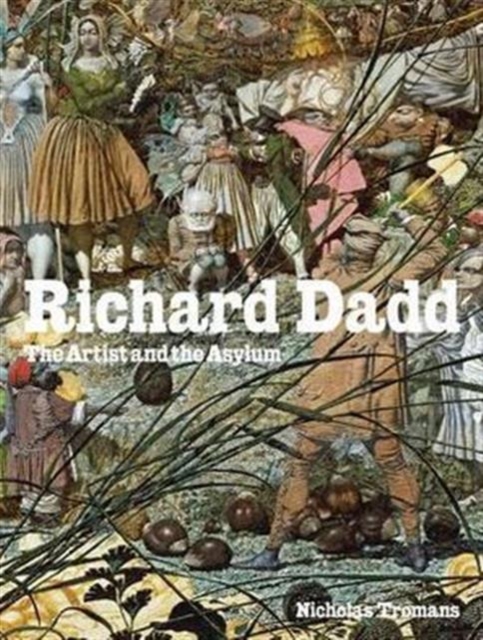
Richard Dadd : The Artist and the Asylum Hardback
by Nicholas Tromans
Hardback
Description
The most brilliant young artist of his generation, Richard Dadd (1817-1876) made his name with a sequence of minutely executed fairy paintings of huge imaginative power.
Following a long tour of the Middle East in the early 1840s he succumbed to a 'schizophrenic' illness, murdered his father, fled to France where he attacked another traveller, was apprehended by police and confessed to his crime.
On his return to England he was sent to Bethlem Hospital where he remained until he was transferred to the new Broadmoor Hospital for the criminally insane in 1864, where he died.
Dadd spent over forty years in Britain's most famous lunatic asylums, never ceasing to work as an artist.
Dadd is still best-known for his endlessly mesmerising masterpiece, "The Fairy Feller's Masterstroke" (Tate), which was immensely popular in the 1960s and 70s and was even the subject of a hit song by the rock band Queen.
The story of the rediscovery of his greatest watercolour, "The Artist's Halt in the Desert" (British Museum), on the television programme "The Antiques Roadshow" has also more recently entered popular culture. Interpretations of Dadd's art have been much coloured by Romantic notions of creativity and madness, enthusiasts for Outsider Art, the ideas of Michel Foucault and of the anti-psychiatry movement of the 1960s and 70s.
In the first fully illustrated account of Dadd's life and career, the author examines Dadd's artistic legacy and uses his life as a case history to investigate the relationship between art and the treatment of mental illness in the 19th century.
In doing so he overturns many myths. Dadd's jailers often acted as patrons, encouraging him to carry on making art and, in his final years in Broadmoor, commissioning him to decorate stage scenery and murals.
Tromans traces the critical response to Dadd's work, both during his lifetime and after his death.
With the public appetite for Dadd's bewitching art never higher, this long-overdue, eminently readable reassessment provides a vivid account of one of the most fascinating artists of the Victorian era as well as extensive insight into the difficult relationship between art and madness' in nineteenth-century Europe.
Information
-
Item not Available
- Format:Hardback
- Pages:208 pages, 100 colour
- Publisher:Tate Publishing
- Publication Date:15/07/2011
- Category:
- ISBN:9781854379597
Information
-
Item not Available
- Format:Hardback
- Pages:208 pages, 100 colour
- Publisher:Tate Publishing
- Publication Date:15/07/2011
- Category:
- ISBN:9781854379597






